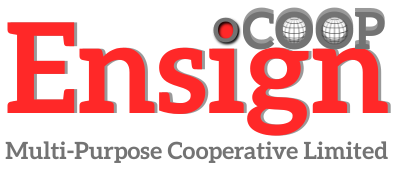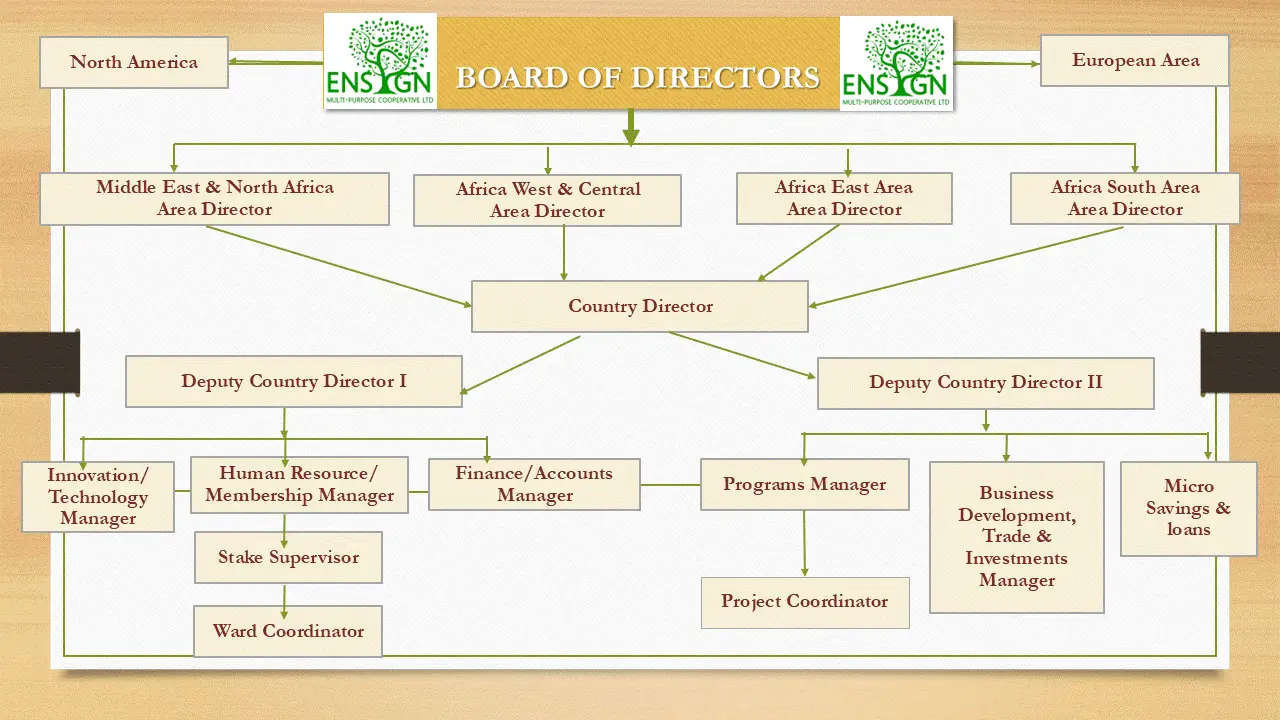1. Electing a Board of Directors
-
- How: Members elect a Board of Directors at an Annual General Meeting (AGM). The board is responsible for overseeing the society’s operations, setting strategic direction, and making key decisions on behalf of the members.
- Structure: Typically, the board is composed of representatives from the membership, and elections are held on a regular basis (e.g., annually or biennially). Each member has one vote, ensuring equal participation regardless of the size of their stake in the society.
- Accountability: The board is accountable to the members, who can vote them out of office if they are dissatisfied with their performance. The board reports back to the members at the AGM, presenting financial statements, operational reports, and plans for the future.
2. Collective Management by Members
-
- How: In smaller co-ops or societies, all members may collectively manage the society without a formal board. Decisions are made through regular meetings where all members participate in discussions and vote on important matters.
- Structure: This approach requires a high level of engagement from all members, as they share responsibility for the day-to-day operations and strategic decisions. Decisions are typically made by consensus or through majority voting.
- Challenges: While this model promotes direct democracy and can work well in smaller organizations, it can become unwieldy as the society grows. Clear processes and communication channels are essential to ensure that everyone is informed and able to participate effectively.
3. Hybrid Model
-
- How: A combination of both approaches, where a Board of Directors is elected to handle higher-level strategic decisions, while members are directly involved in specific operational decisions or committees.
- Structure: In this model, the board handles broader governance issues, while members might participate in committees focused on areas like finance, marketing, or sustainability. These committees report to the board and the membership as a whole.
- Advantages: This model balances the efficiency of a board with the direct involvement of members in day-to-day operations, allowing for both strategic oversight and grassroots participation.
4. Participatory Governance with Delegates
-
- How: In larger co-ops, members might elect delegates or representatives to participate in decision-making on their behalf. These delegates attend meetings, vote on issues, and report back to their constituencies.
- Structure: The society is divided into smaller groups (e.g., by region, department, or interest), each of which elects a delegate. These delegates form a council or assembly that makes decisions for the society.
- Benefits: This model can be more practical for large organizations, ensuring that all members are represented without requiring everyone to attend every meeting.
5. Member-Led Committees
-
- How: Members form committees that focus on specific aspects of the society’s operations, such as finance, human resources, or sustainability. These committees have the authority to make certain decisions or provide recommendations to the board or general membership.
- Structure: Committees are typically composed of members with relevant expertise or interest in the area. They operate within guidelines set by the membership and report back regularly.
- Impact: This approach allows for deeper engagement by members in areas that interest them, while still maintaining a coherent overall strategy managed by the board or general assembly.
6. Decision-Making by Consensus
-
- How: The society may choose to make decisions by consensus, where all members must agree on a decision before it is implemented. This approach is common in smaller or more ideologically driven organizations.
- Structure: Consensus decision-making involves thorough discussion and negotiation until a solution is found that everyone can support or at least accept.
- Challenges: While consensus ensures that everyone has a voice, it can be time-consuming and difficult to achieve, particularly in larger groups or on contentious issues.
7. Referendums for Major Decisions
-
- How: For major decisions, such as changes to the society’s bylaws or large financial expenditures, all members may vote directly in a referendum. This ensures that key issues are decided by the entire membership.
- Structure: Referendums are typically called by the board or a certain percentage of the membership and require a majority (or sometimes supermajority) vote to pass.
- Usage: This method is often reserved for decisions that will have a significant impact on the society or its members.
8. Rotational Leadership
-
- How: In some co-ops, leadership roles, such as chairperson or committee heads, rotate among members on a regular basis, ensuring that power and responsibility are shared.
- Structure: Leadership positions are held for a set period (e.g., one year), after which another member takes over. This can be done through elections, volunteer rotation, or random selection.
- Impact: This promotes inclusivity and ensures that a variety of perspectives are represented in the leadership.
9. Open Meetings and Transparency
-
- How: The society can hold regular open meetings where all members are invited to participate in discussions and decisions. Transparency is maintained by sharing all meeting minutes, financial reports, and other key documents with the membership.
- Structure: Open meetings ensure that all members are informed and have the opportunity to contribute to the governance of the society. Transparency builds trust and accountability.
10. Regular Feedback Mechanisms
-
- How: Implementing regular surveys, suggestion boxes, or feedback sessions allows members to voice their opinions and concerns between formal meetings or elections.
- Structure: Feedback is collected and reviewed by the board or relevant committees, with action taken based on the input received.
- Benefits: Continuous feedback ensures that the leadership remains responsive to the needs and aspirations of the membership.
Each of these models or a combination thereof can be tailored to fit the size, purpose, and values of the society, ensuring that members have a meaningful and democratic say in how their cooperative is run.

